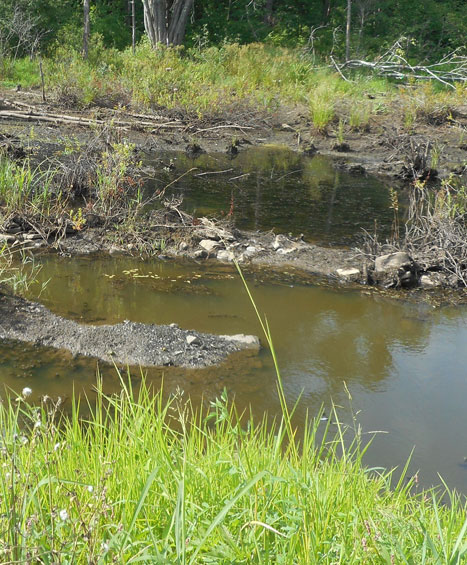 Every state wetland program is unique, but in 2008 the U.S. Environmental Protection Agency (EPA) developed guidance to assist states and tribes in building strong programs. A foundation of EPA’s Enhancing State and Tribal Programs Initiative (ESTP) is the document Core Elements of State and Tribal Wetland Programs, also called the Core Elements Framework (CEF). Drafted with state and tribal input, this document describes four core program elements (monitoring and assessment, regulatory activities, wetland restoration and protection, and water quality standards for wetlands) that provide a comprehensive approach to wetland program building activities. Development of a Wetland Program Plan reflecting current and future actions in one or more of the core elements is a voluntary program and not required by EPA. The CEF is intended to be fairly comprehensive so that states and tribes can choose from an array of actions that are best suited to their goals and resources. EPA recognizes that program development activities will continue to be incremental and bounded by the goals and resources within a state or tribe; the Agency does not expect simultaneous development of all core elements by every state and tribe. The ESTP and CEF were designed for state and tribal wetland programs that are in the developing stages but can be useful to all states/tribes including those that are refining more mature wetland programs.
Every state wetland program is unique, but in 2008 the U.S. Environmental Protection Agency (EPA) developed guidance to assist states and tribes in building strong programs. A foundation of EPA’s Enhancing State and Tribal Programs Initiative (ESTP) is the document Core Elements of State and Tribal Wetland Programs, also called the Core Elements Framework (CEF). Drafted with state and tribal input, this document describes four core program elements (monitoring and assessment, regulatory activities, wetland restoration and protection, and water quality standards for wetlands) that provide a comprehensive approach to wetland program building activities. Development of a Wetland Program Plan reflecting current and future actions in one or more of the core elements is a voluntary program and not required by EPA. The CEF is intended to be fairly comprehensive so that states and tribes can choose from an array of actions that are best suited to their goals and resources. EPA recognizes that program development activities will continue to be incremental and bounded by the goals and resources within a state or tribe; the Agency does not expect simultaneous development of all core elements by every state and tribe. The ESTP and CEF were designed for state and tribal wetland programs that are in the developing stages but can be useful to all states/tribes including those that are refining more mature wetland programs.
NAWM works diligently with states, tribes and the EPA to help build strong and efficient state and tribal wetland programs. Below you will find links to may resources and publications designed to assist states with program development.
Links to specific State Wetland Programs and Resources:
NAWM State and Regulatory Publications
Additional resources that may be of interest are available on the Tribal Wetland Programs webpage
